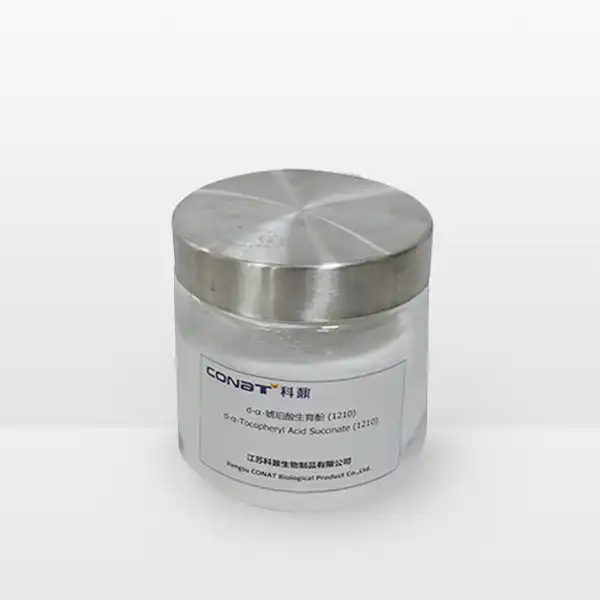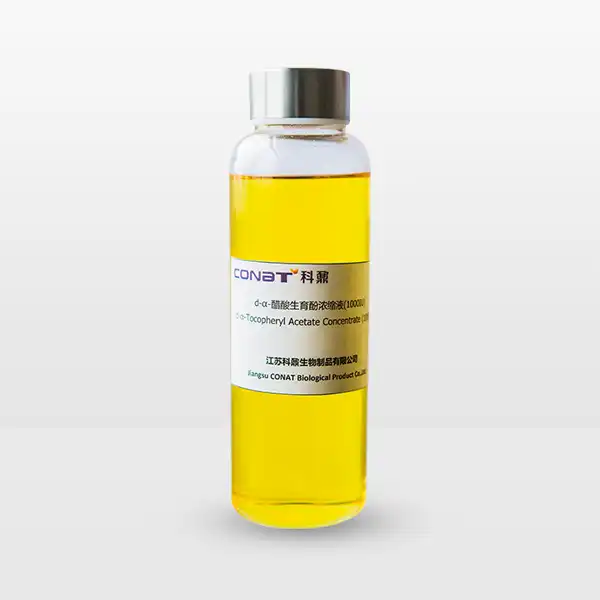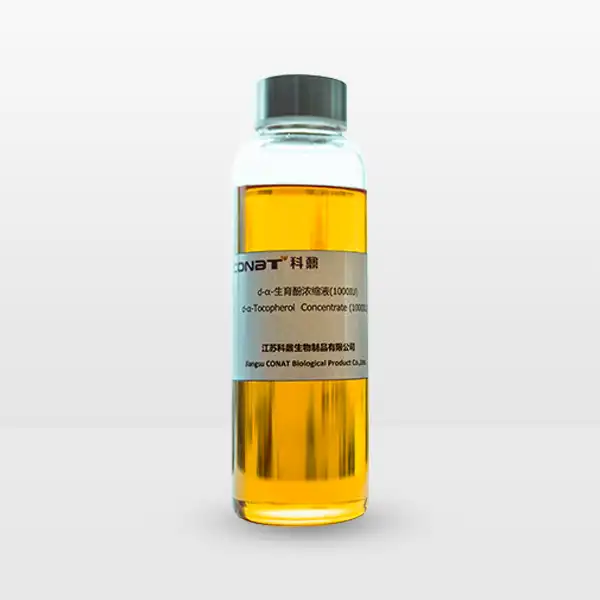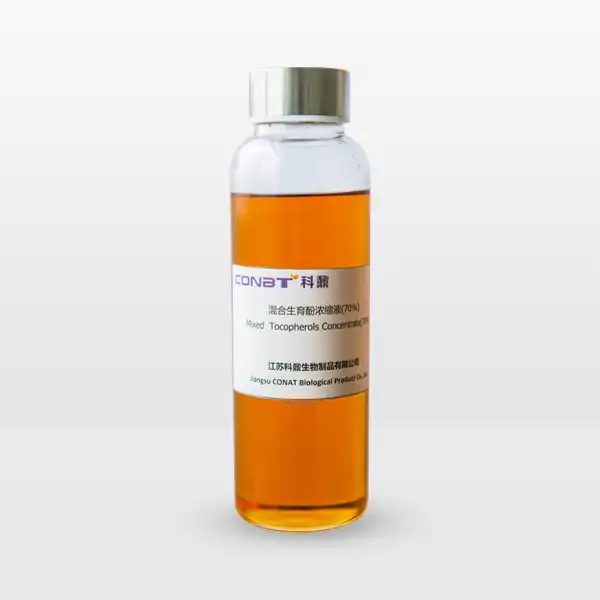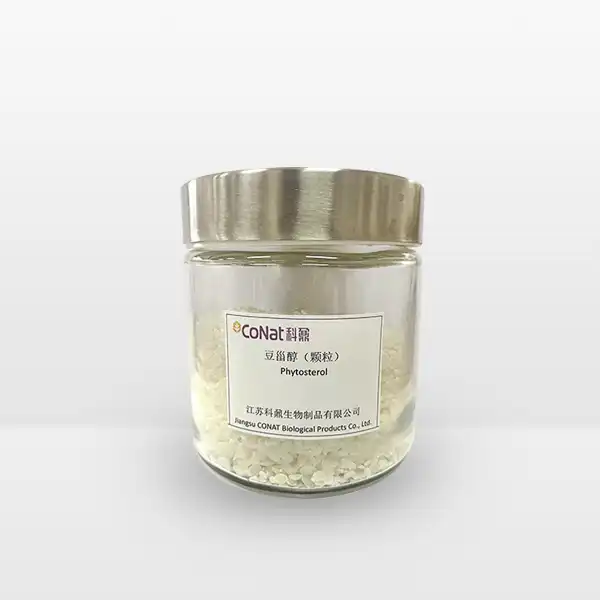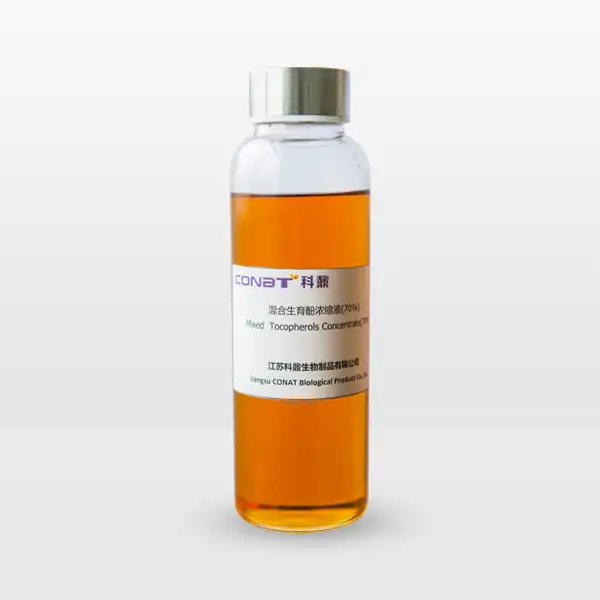- English
- French
- German
- Portuguese
- Spanish
- Russian
- Japanese
- Korean
- Arabic
- Greek
- German
- Turkish
- Italian
- Danish
- Romanian
- Indonesian
- Czech
- Afrikaans
- Swedish
- Polish
- Basque
- Catalan
- Esperanto
- Hindi
- Lao
- Albanian
- Amharic
- Armenian
- Azerbaijani
- Belarusian
- Bengali
- Bosnian
- Bulgarian
- Cebuano
- Chichewa
- Corsican
- Croatian
- Dutch
- Estonian
- Filipino
- Finnish
- Frisian
- Galician
- Georgian
- Gujarati
- Haitian
- Hausa
- Hawaiian
- Hebrew
- Hmong
- Hungarian
- Icelandic
- Igbo
- Javanese
- Kannada
- Kazakh
- Khmer
- Kurdish
- Kyrgyz
- Latin
- Latvian
- Lithuanian
- Luxembou..
- Macedonian
- Malagasy
- Malay
- Malayalam
- Maltese
- Maori
- Marathi
- Mongolian
- Burmese
- Nepali
- Norwegian
- Pashto
- Persian
- Punjabi
- Serbian
- Sesotho
- Sinhala
- Slovak
- Slovenian
- Somali
- Samoan
- Scots Gaelic
- Shona
- Sindhi
- Sundanese
- Swahili
- Tajik
- Tamil
- Telugu
- Thai
- Ukrainian
- Urdu
- Uzbek
- Vietnamese
- Welsh
- Xhosa
- Yiddish
- Yoruba
- Zulu
How Do You Use Natural Vitamin E Extract In Skincare?
Natural vitamin E extract has emerged as a powerhouse ingredient in the skincare industry, celebrated for its antioxidant properties and remarkable ability to nourish and protect the skin. As a fat-soluble vitamin, it penetrates deep into the skin's layers, providing both immediate and long-term benefits. This versatile ingredient has become increasingly popular among skincare enthusiasts and professionals alike, offering a natural approach to maintaining healthy, radiant skin.
What are the benefits of using natural vitamin E extract for face?
Natural vitamin E extract, scientifically known as tocopherol, offers a comprehensive range of benefits for facial skincare. The most significant advantage lies in its powerful antioxidant properties, which help combat free radical damage and protect the skin from environmental stressors. When applied topically, vitamin E penetrates the skin's barrier to neutralize harmful molecules that can accelerate aging and cause cellular damage.
The moisturizing capabilities of vitamin E are particularly noteworthy. Its molecular structure allows it to strengthen the skin's natural moisture barrier, helping to lock in hydration and prevent water loss. This makes it especially beneficial for those with dry or dehydrated skin conditions. Regular application can lead to improved skin texture, increased elasticity, and a more supple appearance.
Furthermore, vitamin E has shown promising results in reducing the appearance of scars and promoting wound healing. Its anti-inflammatory properties help calm irritated skin and reduce redness, making it an excellent choice for those with sensitive skin conditions. The vitamin also supports the skin's natural healing processes, potentially speeding up the recovery of minor skin injuries and reducing the formation of scar tissue.
Research has also indicated that vitamin E can help stabilize other antioxidants in skincare formulations, particularly vitamin C, enhancing their effectiveness and longevity. This synergistic relationship makes vitamin E an valuable ingredient in anti-aging skincare routines, as it helps maintain the potency of other beneficial compounds while providing its own protective benefits.
How should you incorporate natural vitamin E extract into your skincare routine?
Incorporating natural vitamin E extract into your skincare routine requires careful consideration of timing, concentration, and complementary ingredients. The most effective approach begins with understanding your skin type and specific concerns. For optimal results, vitamin E should be applied after cleansing and toning, but before heavier moisturizers and sunscreen during your morning routine.
When using pure vitamin E oil, it's best to start with a small amount and gradually increase usage as your skin adjusts. The oil can be mixed with your regular moisturizer or facial oil to enhance absorption and prevent potential heaviness. For evening application, vitamin E can be combined with other regenerative ingredients like retinol or peptides to support the skin's natural repair processes during sleep.
The frequency of application depends on your skin's needs and tolerance. Those with dry or mature skin might benefit from daily use, while those with oily or combination skin might prefer alternate-day applications. It's essential to perform a patch test before full application, especially if you have sensitive skin or are prone to reactions.
For enhanced results, vitamin E can be paired with complementary ingredients. Vitamin C is a particularly effective partner, as the two antioxidants work synergistically to provide increased protection against environmental damage. Hyaluronic acid can also be used alongside vitamin E to boost hydration levels and improve overall skin texture.
The timing of application is crucial for maximizing benefits. Morning application helps protect against environmental stressors throughout the day, while evening use supports the skin's natural regeneration process. When using multiple active ingredients, allow each product to fully absorb before applying the next layer.
What concentration of natural vitamin E extract is most effective for skin?
The optimal concentration of natural vitamin E extract in skincare products has been a subject of extensive research and clinical studies. The most effective concentration typically ranges between 0.5% to 1% in formulated products, though pure vitamin E oil can also be used with proper dilution. Higher concentrations don't necessarily yield better results and might increase the risk of irritation.
When selecting products containing vitamin E, it's important to look for stable forms of the vitamin, particularly d-alpha-tocopherol or tocopheryl acetate. These forms provide the most bioavailable and effective delivery of vitamin E to the skin. The concentration should be balanced with other ingredients in the formulation to ensure optimal absorption and efficacy.
Clinical studies have shown that vitamin E concentrations above 1% don't provide significant additional benefits and may lead to product stability issues. The key lies in the formulation's ability to maintain the vitamin's stability and ensure proper penetration into the skin. Products that combine vitamin E with other antioxidants often require lower concentrations while still delivering optimal results.
The effectiveness of vitamin E is also influenced by the product's pH level and overall formulation. A slightly acidic pH (around 5.5-6.5) helps maintain the stability of vitamin E while supporting proper skin barrier function. The vehicle or carrier system used in the product also plays a crucial role in determining how well the vitamin E is absorbed and utilized by the skin.
For those new to vitamin E, starting with products containing lower concentrations (around 0.5%) is recommended. This allows the skin to adjust while minimizing the risk of sensitivity. As tolerance builds, products with higher concentrations can be introduced gradually, always monitoring the skin's response and adjusting usage accordingly.
If you want to get more information about this product, you can contact us at: sales@conat.cn.
References:
1. Journal of Clinical Medicine - "The Role of Vitamin E in Skin Health and Cosmetics" (2021)
2. Dermatology Research and Practice - "Antioxidants in dermatology" (2023)
3. International Journal of Molecular Sciences - "Vitamin E in Dermatology" (2022)
4. Cosmetic Dermatology - "The Science of Vitamin E in Skincare" (2023)
5. American Journal of Clinical Dermatology - "Topical Vitamin E Formulations" (2021)
6. Journal of Cosmetic Science - "Stability and Efficacy of Vitamin E in Skincare" (2022)
7. Skin Pharmacology and Physiology - "Vitamin E Absorption and Skin Barrier Function" (2023)
8. Archives of Dermatological Research - "Clinical Applications of Vitamin E" (2021)
9. Journal of Investigative Dermatology - "Antioxidant Properties of Vitamin E" (2022)
10. Clinical, Cosmetic and Investigational Dermatology - "Optimal Concentrations of Vitamin E in Skincare" (2023)
